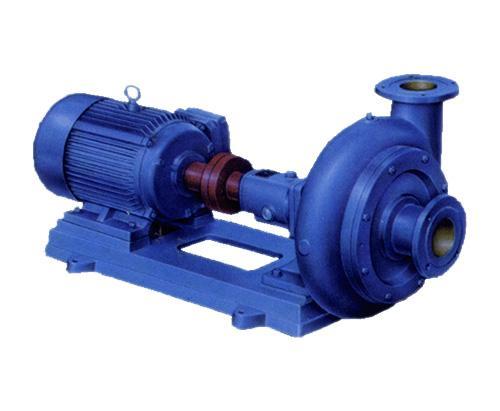
Four methods for controlling pump flow and energy consumption levels are explained in detail.
Four ways to control pump flow:
Method one: Adjustment of outlet valve opening
In this method, the pump is connected in series with the outlet line control valve. Its actual effect is the same as that of a new pump system. The maximum output pressure of the pump is not changed, but the flow curve is attenuated.
Method two: bypass valve adjustment
In this method, the valve and the pump are connected in parallel. The actual effect is the same as the use of a new pump system. The maximum output pressure of the pump changes, and the flow curve characteristics also change. The flow curve is closer to the linear shape.
Method 3: Adjust the impeller diameter
This method does not use any external components and the flow characteristic curve varies with diameter.
Method 4: Speed ​​Control
The change of impeller rotation speed directly changes the flow curve of the pump, and the characteristics of the curve do not change. When the rotation speed decreases, the curve becomes flat, and the indenter and the maximum flow rate are reduced.
The overall efficiency of the pump system Both the outlet valve regulation and the bypass regulation method increase the line pressure loss, and the pump system efficiency is greatly reduced. Impeller diameter adjustment has little effect on the efficiency of the entire pump system. The speed control method basically does not affect the system efficiency, as long as the speed is not lower than 50% of the normal speed.
Energy level:
Assume that the output flow of the pump is adjusted from 60m3/h to 50m3/h through the above four methods, and the power consumption when the output is 60m3/h is 100% (in this case, the pressure head is 70m), then several ways to control the flow rate What is the power consumption of the pump?
(1) The opening of the outlet valve is adjusted, the energy consumption is 94%, and the power consumption is large when the flow rate is low.
(2) Bypass regulation, the bypass valve reduces the head pressure of the pump to 55 M. This can only be achieved by increasing the flow of the pump, resulting in an energy consumption increase of 10%.
(3) After adjusting the diameter of the impeller and reducing the diameter of the impeller, the output flow and pressure of the pump are reduced, and the energy consumption is reduced to 67%.
(4) Speed ​​control, speed reduction, pump flow and pressure head are reduced, energy consumption reduced to 65%.
Coupling Transform,Transformer Coupling,Capacitor Voltage Transformer,Electronic Power Coupling Transformer
Shenyang German Machine Hydraulic Transmission Machinery Co., Ltd. , http://www.hcouplingc.com
